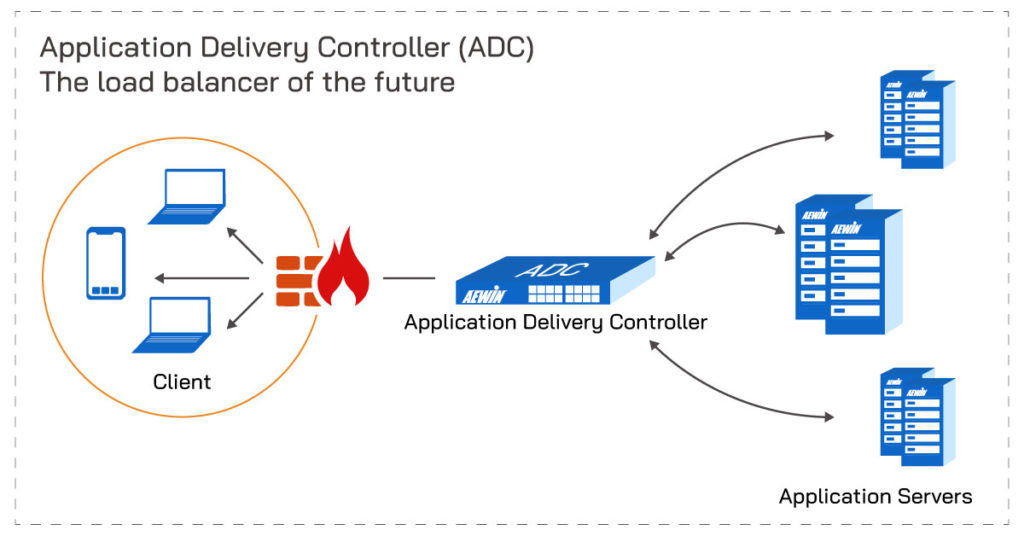

An application delivery controller (ADC) is a network component that manages and optimizes how client machines connect to web and enterprise application servers. In general, a controller is a hardware device or a software program that manages or directs the flow of data between two entities.
An ADC performs load balancing between servers and accelerates applications. As the technology has evolved, newer ADC offerings have expanded functions that surpass traditional load balancers and first-generation ADCs, such as Secure Sockets Layer (SSL) offloading, rate shaping or firewalls for web applications.
How application delivery controllers work
An ADC essentially functions as a load balancer, optimizing end-user performance, reliability, data center resource use and security for enterprise applications. But ADCs also perform other functions, like application acceleration, caching, compression, traffic shaping, content switching, multiplexing and application security.
An ADC accelerates the performance of applications delivered over the wide area network (WAN) by implementing optimization techniques, such as application classification, compression and reverse caching. Typically, ADCs are placed behind a firewall and in front of one or more application servers to act as a single point of control that can determine the security needs of an application and provide simplified authentication, authorization and accounting.
Courtesy:https://www.techtarget.com/searchnetworking/definition/Application-delivery-controller
